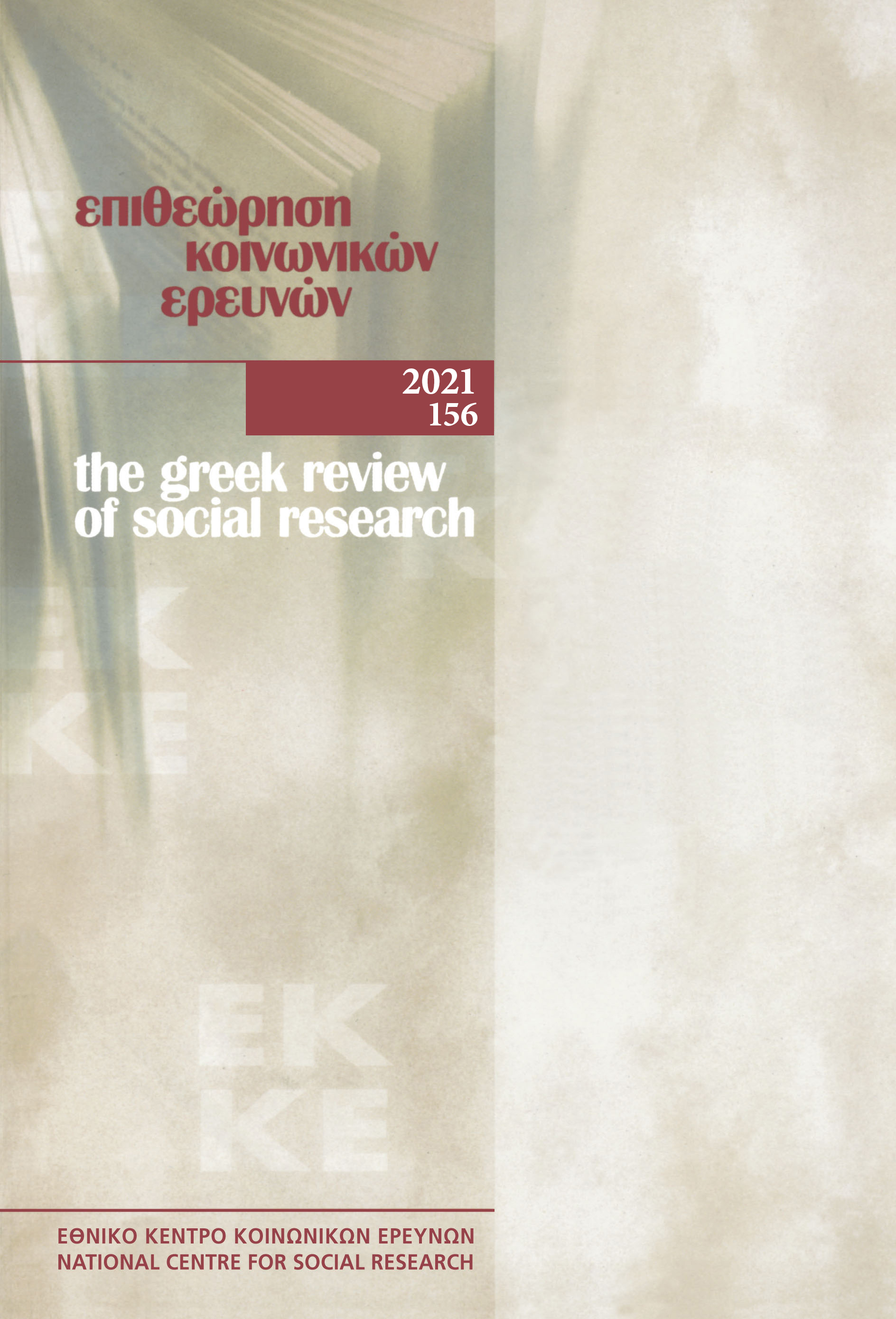Τοπικές κοινωνίες, Θαλάσσιες Προστατευόμενες Περιοχές και καταδυτικός τουρισμός στις Κυκλάδες

Περίληψη
Η παρούσα μελέτη αποσκοπεί στην αποτύπωση και συγκριτική ανάλυση των αντιλήψεων και απόψεων των τοπικών φορέων και ομάδων συμφερόντων τριών νησιών των Κυκλάδων με διαφορετικό επίπεδο τουριστικής ανάπτυξης (Κύθνος, Μήλος, Σαντορίνη) σε ό,τι αφορά τις πρόσφατα οριοθετημένες Θαλάσσιες Προστατευόμενες Περιοχές (ΘΠΠ) και την ανάπτυξη του καταδυτικού τουρισμού. Επιπλέον, διερευνώνται οι κύριοι παράγοντες που εκτιμάται ότι θα συμβάλουν ή θα υπονομεύσουν σε τοπικό επίπεδο τη διακυβέρνηση, τη διαχείριση και εντέλει την αποτελεσματικότητα των ΘΠΠ στις παραπάνω περιοχές. Προς τον σκοπό αυτό, διεξήχθησαν ατομικές συνεντεύξεις με όλους τους τοπικούς φορείς που εμπλέκονται άμεσα ή έμμεσα στη διαχείριση των ΘΠΠ και την ανάπτυξη του καταδυτικού τουρισμού. Από την ανάλυση των πρωτογενών δεδομένων προκύπτει η ουσιαστική έλλειψη ενημέρωσης των τοπικών φορέων και ομάδων συμφερόντων όσον αφορά τις ΘΠΠ. Επιπλέον, παρατηρούνται αξιοσημείωτες διαφοροποιήσεις στις απόψεις τους, οι οποίες φαίνεται ότι συνδέονται σε μεγάλο βαθμό με το επίπεδο τουριστικής ανάπτυξης του κάθε νησιού, τη διάρθρωση της τοπικής οικονομίας και τη διεξαγωγή διαβουλεύσεων σε τοπικό επίπεδο κατά το παρελθόν όσον αφορά τη θεσμοθέτηση ΘΠΠ.
Λεπτομέρειες άρθρου
- Πώς να δημιουργήσετε Αναφορές
-
Avrami, L., Demertzis, N., & Armenakis, A. (2021). Τοπικές κοινωνίες, Θαλάσσιες Προστατευόμενες Περιοχές και καταδυτικός τουρισμός στις Κυκλάδες. Επιθεώρηση Κοινωνικών Ερευνών, 156, 139–173. https://doi.org/10.12681/grsr.25952
- Τεύχος
- 2021: 156
- Ενότητα
- Άρθρα

Αυτή η εργασία είναι αδειοδοτημένη υπό το CC Αναφορά Δημιουργού – Μη Εμπορική Χρήση 4.0.
Οι συγγραφείς των άρθρων που δημοσιεύονται στην Επιθεώρηση Κοινωνικών Ερευνών διατηρούν τα δικαιώματα πνευματικής ιδιοκτησίας επί των άρθρων τους, δίνοντας στο περιοδικό το δικαίωμα της πρώτης δημοσίευσης. Άρθρα που δημοσιεύονται στην Επιθεώρηση Κοινωνικών Ερευνών διατίθενται με άδεια Creative Commons 4.0 και σύμφωνα με την άδεια μπορούν να χρησιμοποιούνται ελεύθερα, με αναφορά στο/στη συγγραφέα και στην πρώτη δημοσίευση για μη κερδοσκοπικούς σκοπούς.
Το Εθνικό Κέντρο Κοινωνικών Ερευνών διατηρεί το δικαίωμα να δημοσιεύει, να αναπαραγάγει, να παρουσιάζει στο κοινό, να διανέμει και χρησιμοποιεί άρθρα που δημοσιεύονται στην Επιθεώρηση Κοινωνικών Ερευνών σε οποιοδήποτε μέσο και μορφή είτε μεμονωμένα είτε ως μέρη συλλογικών έργων, για όλο τον χρόνο διάρκειας προστασίας της πνευματικής ιδιοκτησίας και για όλες τις χώρες του κόσμου. Αυτό περιλαμβάνει ενδεικτικά και όχι αποκλειστικά το δικαίωμα δημοσίευσης των άρθρων σε τεύχη της Επιθεώρησης Κοινωνικών Ερευνών, αναπαραγωγής και διανομής μεμονωμένων αντιγράφων των άρθρων, αναπαραγωγής ολόκληρων των άρθρων σε άλλη έκδοση του Εθνικού Κέντρου Κοινωνικών Ερευνών, καθώς και αναπαραγωγής και διανομής των άρθρων ή περίληψης αυτών με χρήση πληροφορικού συστήματος αποθετηρίου.



